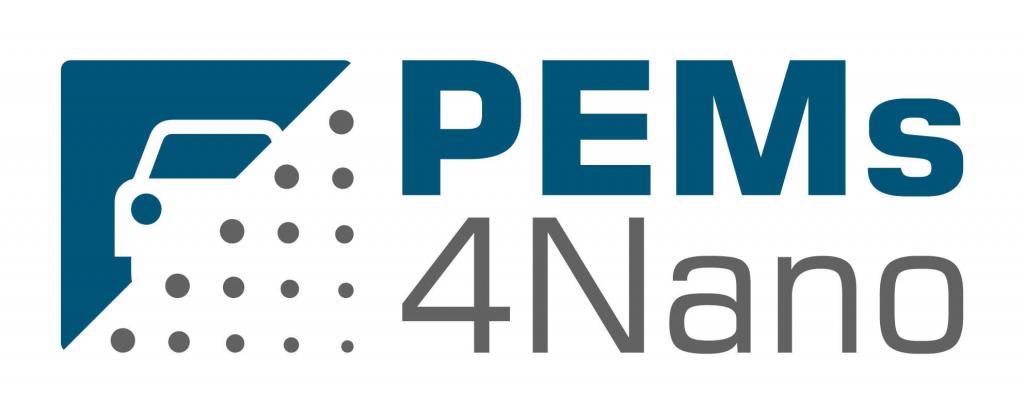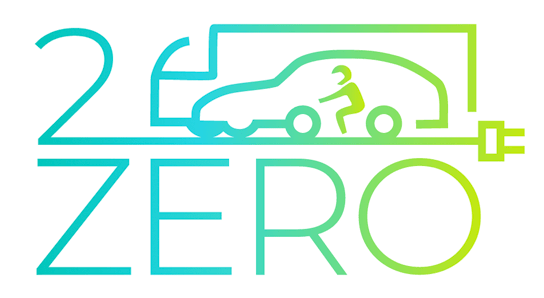PEMs4Nano
Portable Nano-Particle Emission Measurement System

- Framework: Horizon 2020
- Type: R&IA
- Status: Ongoing
- Category: Optimisation and Energy Efficiency
- End Date: 30/09/2019
- Vehicles: Passenger cars
The PEMs4Nano project (P4N) addresses the development (based on current direct injection gasoline engines) of measurement procedures down to 10nm, providing a contribution to future regulation on particle emissions, in particular in real driving conditions. The activities planned in the project will also support the understanding, measurement and regulation of particle emissions below 23 nm (with the threshold of at least 10 nm).
Societal concerns for the environment include both fuel consumption and noxious emissions, as well as the awareness that meeting CO2-goals with newest technologies may also lead to the emission of smaller nanoparticles that are undetected by current certification procedures. Hence P4N has the goal to develop measurement procedures that are robust and reliable for both the development of the new engine technologies, as well as serving as a solid basis for new regulations. This has the advantage of establishing a solid content link between development activities and regulation. Two complementary measurement systems will be optimized for use in the development laboratory and for mobile testing based on current technologies. Given the numerous parameters associated with the engine (combustion and exhaust systems) technologies and measurement procedures; physico-chemical and data-driven simulations combined with optimization is proposed to establish valuable correlations between measurements made in the development laboratory and thus finally those measured on the road.
PEMs4nano thus proposes a two path approach that connects tailpipe measurements with the origin and the evolution of the particles, resulting in a seamless approach from the laboratory to the field test capabilities. Investigations of particle characteristics (incl.composition, size and morphology) and their influence on successful measurements will also be carried out using various load profiles that make up real-driving to validate the application of the measurement procedure
